How Far Can I See With A Telescope?
When it comes to the question of "how far can I see with a telescope," the answer is not as straightforward as one might think. The distance you can see with a telescope depends on several factors, including the type of telescope, its aperture size, the quality of the optics, atmospheric conditions, and the object you are trying to observe. In this article, we will delve into these factors to provide a comprehensive understanding of how far you can see with a telescope and what you can expect to observe.
Understanding Telescope Types and Their Capabilities
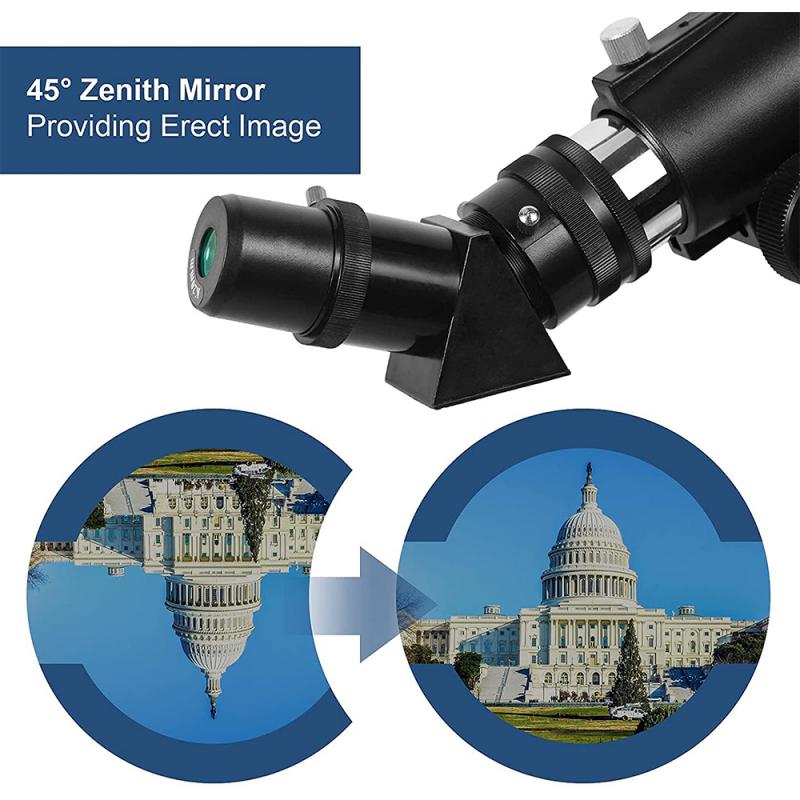
There are several types of telescopes, each with its own strengths and weaknesses. The three main types are refractor telescopes, reflector telescopes, and compound (or catadioptric) telescopes.
1. Refractor Telescopes: These use lenses to gather and focus light. They are known for their sharp and high-contrast images, making them excellent for viewing planets and the moon. However, they can be quite expensive, especially as the aperture size increases.
2. Reflector Telescopes: These use mirrors instead of lenses to gather light. They are generally more affordable than refractors and are excellent for deep-sky observations, such as galaxies and nebulae. However, they require regular maintenance, such as collimation (alignment of the mirrors).
3. Compound Telescopes: These combine lenses and mirrors to offer a compact design with good optical performance. They are versatile and can be used for both planetary and deep-sky observations. However, they can be more expensive than reflectors.
Aperture Size: The Key to Seeing Farther
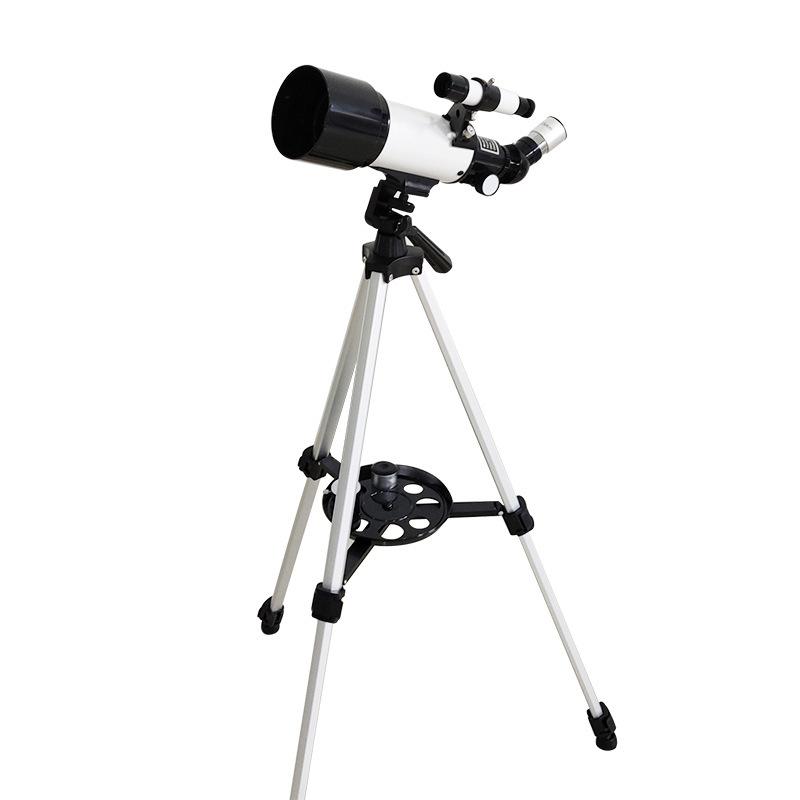
The aperture size of a telescope, which is the diameter of its main lens or mirror, is the most critical factor in determining how far you can see. A larger aperture allows more light to enter the telescope, making it possible to see fainter and more distant objects. Here’s a general guideline:
- Small Aperture (up to 4 inches): Suitable for observing the moon, planets, and some of the brighter deep-sky objects like the Orion Nebula and the Andromeda Galaxy.
- Medium Aperture (4 to 8 inches): Allows for more detailed views of planets and the moon, and can reveal many more deep-sky objects, including star clusters, nebulae, and galaxies.
- Large Aperture (8 inches and above): Provides the best views of faint deep-sky objects and can reveal thousands of galaxies, nebulae, and star clusters. Professional and advanced amateur astronomers often use telescopes with apertures of 10 inches or more.
The Role of Magnification
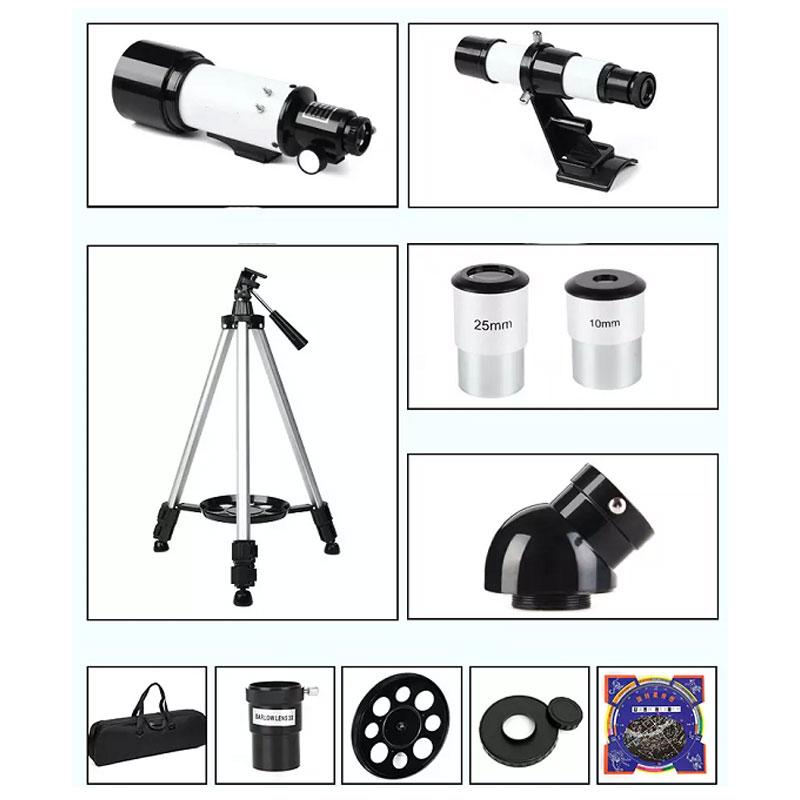
While aperture size is crucial, magnification also plays a role in how far you can see. However, higher magnification is not always better. The maximum useful magnification of a telescope is typically about 50 times the aperture size in inches. For example, a 4-inch telescope can handle up to 200x magnification. Beyond this, the image quality deteriorates due to factors like atmospheric turbulence and optical limitations.
Atmospheric Conditions
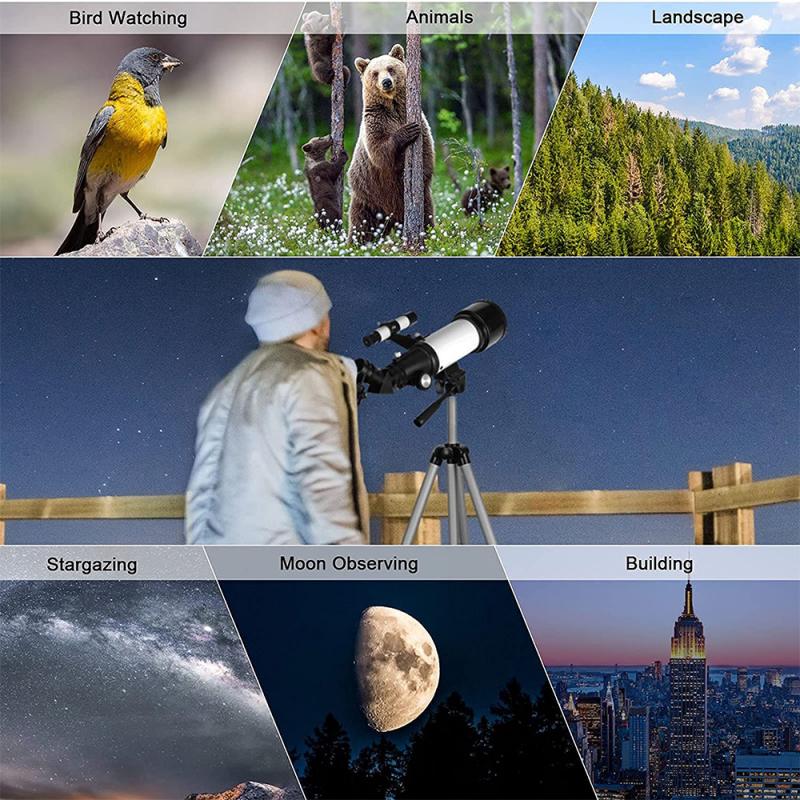
The Earth's atmosphere can significantly impact your ability to see distant objects. Light pollution, air turbulence, and weather conditions all play a role. Observing from a dark-sky location, away from city lights, can dramatically improve your viewing experience. Additionally, nights with stable atmospheric conditions (referred to as "good seeing") allow for clearer and more detailed observations.
What Can You See?
Now that we’ve covered the basics, let’s discuss what you can expect to see with different types of telescopes and under various conditions.
1. The Moon: Even a small telescope can provide stunning views of the moon's craters, mountains, and valleys. With a medium or large aperture telescope, you can see incredible details, such as individual craterlets and rilles.
2. Planets: With a small telescope, you can see Jupiter's four largest moons, Saturn's rings, and the phases of Venus. A medium or large telescope will reveal more details, such as Jupiter's cloud bands, the Great Red Spot, and Saturn's Cassini Division.
3. Deep-Sky Objects: With a small telescope, you can observe some of the brighter deep-sky objects, such as the Orion Nebula, the Andromeda Galaxy, and the Pleiades star cluster. A medium or large telescope will reveal many more objects, including faint galaxies, nebulae, and globular clusters.
4. Stars and Star Clusters: Even a small telescope can resolve individual stars in open clusters like the Pleiades and the Beehive Cluster. A larger telescope will allow you to see more stars and resolve globular clusters into individual points of light.
5. Galaxies: With a small telescope, you can see the Andromeda Galaxy and a few others. A medium or large telescope will reveal many more galaxies, including some of the more distant ones like the Whirlpool Galaxy and the Sombrero Galaxy.
Practical Tips for Observing
To get the most out of your telescope, consider the following tips:
- Choose the Right Telescope: Select a telescope that fits your observing interests and budget. If you’re primarily interested in planetary observation, a refractor or compound telescope might be best. For deep-sky observing, a reflector with a larger aperture is ideal.
- Invest in Quality Eyepieces: Good eyepieces can make a significant difference in the quality of your observations. Consider having a range of eyepieces with different focal lengths to provide various magnifications.
- Use Filters: Filters can enhance your views of certain objects. For example, a moon filter can reduce glare, and color filters can bring out details in planetary atmospheres.
- Plan Your Observing Sessions: Use star charts or astronomy apps to plan what you want to observe. Knowing the best times to view certain objects can make your sessions more productive.
- Be Patient and Persistent: Observing the night sky takes practice and patience. Spend time at the eyepiece, and you’ll gradually see more details and fainter objects.
The question of how far you can see with a telescope is multifaceted, involving the type of telescope, its aperture size, magnification, and atmospheric conditions. By understanding these factors and choosing the right equipment, you can maximize your observing experience and explore the wonders of the universe. Whether you’re gazing at the craters of the moon, the rings of Saturn, or distant galaxies millions of light-years away, a telescope can open up a world of discovery and awe.

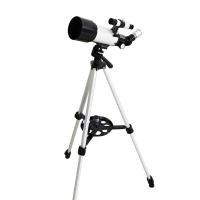

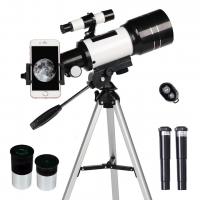
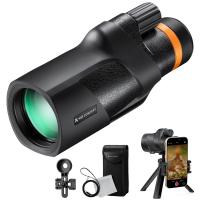
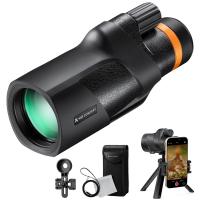
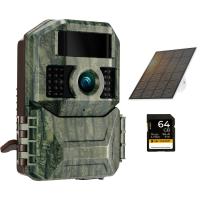
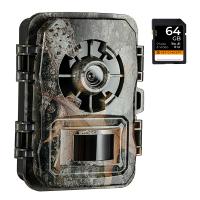


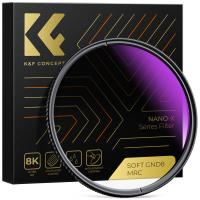
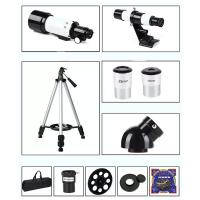
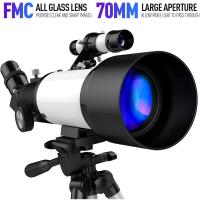
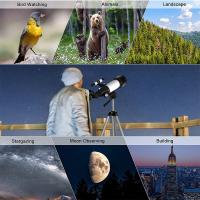





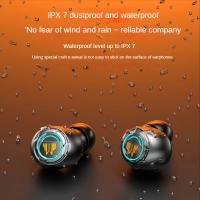

There are no comments for this blog.